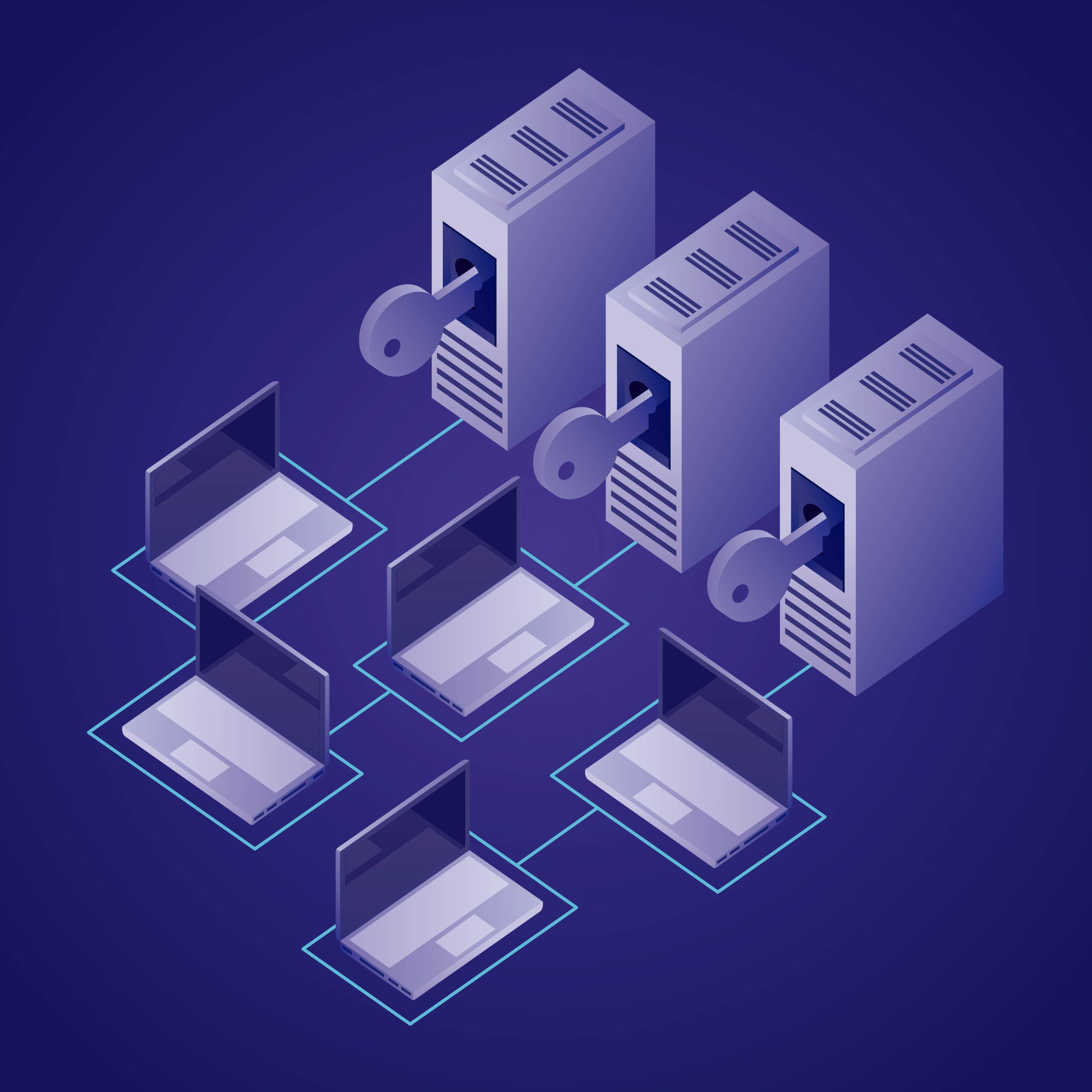In the complex world of networking, where data flows seamlessly between devices and systems, understanding the underlying framework is key. Enter the Open Systems Interconnection (OSI) model—a conceptual gem that breaks down the intricacies of network communication into seven neatly defined layers. Let’s embark on a journey through these layers and unveil the magic that powers our interconnected world.
The Foundation: Physical and Data Link Layers
At the base of the OSI model lies the Physical Layer, where the hardware aspects of communication are addressed. This layer defines how data is transmitted over physical media, be it copper wires, optical fibers, or wireless signals. Just above it is the Data Link Layer, responsible for error detection and correction, ensuring the reliable flow of data across the physical connections. Think of these layers as the physical infrastructure of our network highway, ensuring the smooth transmission of data packets.
Navigating the Network Layer
Moving up the OSI hierarchy, we reach the Network Layer. Here, data packets are routed through different networks, using logical addressing and routing algorithms. This layer is akin to the traffic management system of our network, determining the most efficient routes for data to reach its destination. Internet Protocol (IP) resides here, making it a critical part of our global interconnected web.
Ensuring Reliable Transport
The Transport Layer is where reliability and error correction come into play. It guarantees the orderly and error-free delivery of data between devices. It’s like a trusty postal service, ensuring that your messages arrive intact and in the right order. Protocols like Transmission Control Protocol (TCP) and User Datagram Protocol (UDP) work their magic here, offering different levels of reliability depending on the application’s needs.
Application, Presentation, and Session: User-Focused Layers
Finally, at the top of the OSI model, we have the layers that directly interact with users and applications. The Application Layer is where user interfaces and application-level protocols reside. It’s where web browsers, email clients, and file transfer apps do their work. Above that, the Presentation Layer ensures that data is presented in a format understandable to both sender and receiver, handling tasks like data encryption and compression. The Session Layer manages and controls communication sessions between devices, making sure that data flows smoothly.
In conclusion, the OSI model is the blueprint that guides our interconnected world. It provides a structured framework for understanding how data moves from one device to another, with each layer playing a specific role in this digital symphony. Whether you’re troubleshooting network issues, designing a new protocol, or simply exploring the intricacies of network communication, the OSI model is your trusty guide in the world of networking.








